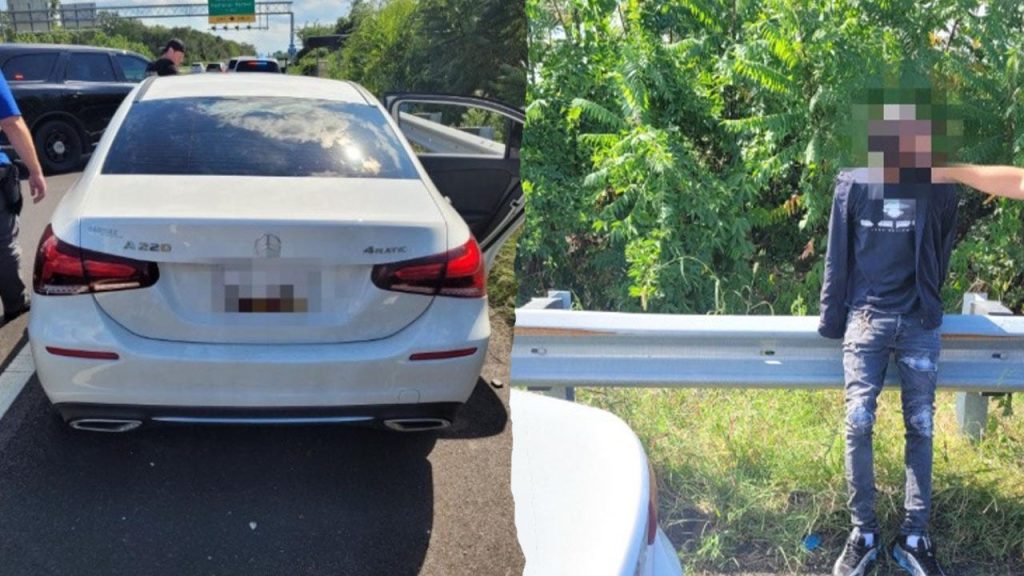Federal Agents Thwart D.C. Carjacking as Part of Trump Administration’s Crime Crackdown
In a significant display of expanded federal law enforcement presence in Washington, D.C., U.S. Customs and Border Protection (CBP) agents successfully prevented a carjacking on Monday. The agents were patrolling the city as part of the Trump administration’s broader initiative to reduce crime in the nation’s capital when they received an alert about a carjacking in progress. Responding swiftly, they apprehended the suspect who was attempting to flee the scene. According to the agency’s social media announcement, the individual now faces multiple charges related to the incident. CBP emphasized their continued commitment to supporting presidential executive orders and their mission to improve safety in Washington, D.C.
This intervention comes as part of a larger federal law enforcement operation in the District that began quietly on August 7th with the formation of the “Making D.C. Safe and Beautiful” task force, established through a presidential executive order signed in March. The initiative dramatically escalated on August 11th when the administration temporarily assumed federal control over the Metropolitan Police Department using emergency powers granted under the Home Rule Act. The controversial move represents one of the most significant federal interventions in local policing in recent memory, raising both praise from supporters who cite improved safety metrics and concerns from critics worried about federal overreach into local governance.
The operation has yielded substantial results, with authorities announcing that arrests have surpassed the 1,000 mark since the beginning of the crackdown. Perhaps most notably, the District has experienced a nearly two-week period without homicides, a striking contrast to the violence statistics that had previously plagued the city. This successful intervention is being highlighted by administration officials as evidence that the unprecedented federal involvement in local law enforcement has been effective at curbing violent crime that had made Washington, D.C. one of the nation’s most dangerous urban centers in recent years.
U.S. Attorney Jeanine Pirro, speaking on Fox News, emphasized that the weapons seizures conducted during this operation have tangible public safety benefits, stating plainly, “They can’t be used to shoot people, to kill people.” She further suggested that residents of the District are experiencing a renewed sense of security knowing that federal authorities are actively engaged in protecting them. The attorney characterized the intervention as necessary, describing D.C. as having been “one of the most violent cities in the world” before the current administration’s decision to deploy federal law enforcement resources in coordination with local authorities.
The coordinated approach has created what Pirro described as a “unified force” of law enforcement personnel specifically targeting high-crime neighborhoods throughout the District. This strategy appears to be yielding positive results according to the administration’s metrics, though detailed data about specific crime reductions beyond homicides has not been fully disclosed in public reporting. The intervention has primarily focused on areas with historically high crime rates, suggesting a targeted rather than blanket approach to federal involvement in local policing activities.
While supporters highlight the apparent success in reducing violent crime statistics, the federal takeover of local policing functions remains controversial among many District residents and officials concerned about local autonomy. The unique status of Washington, D.C.—neither a state nor fully independent—has long complicated questions of governance and law enforcement jurisdiction. This current intervention represents one of the most dramatic assertions of federal authority over local policing in decades, creating a precedent that will likely be studied and debated long after the immediate operation concludes. Whether this approach becomes a model for federal involvement in other high-crime cities or remains a one-time extraordinary measure specific to the nation’s capital remains to be seen as the operation continues.


